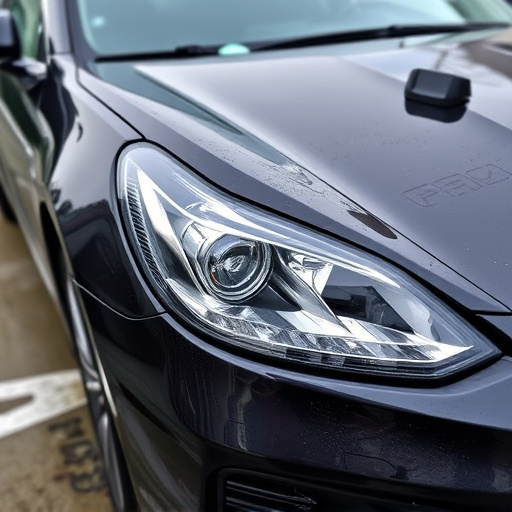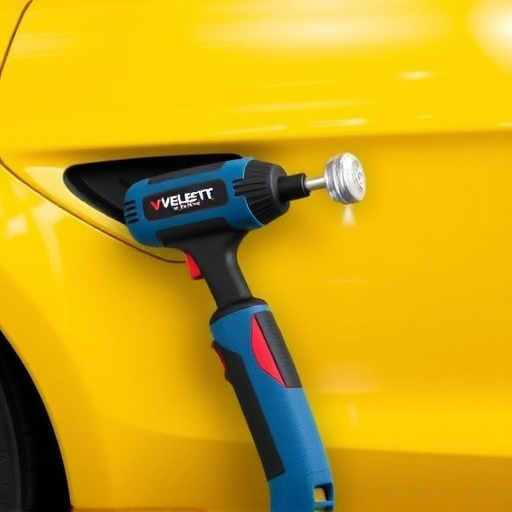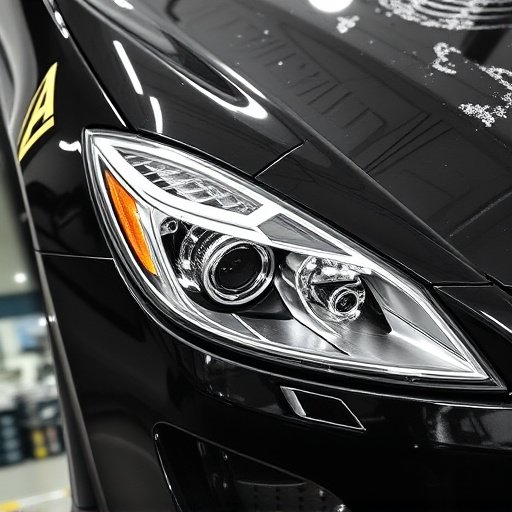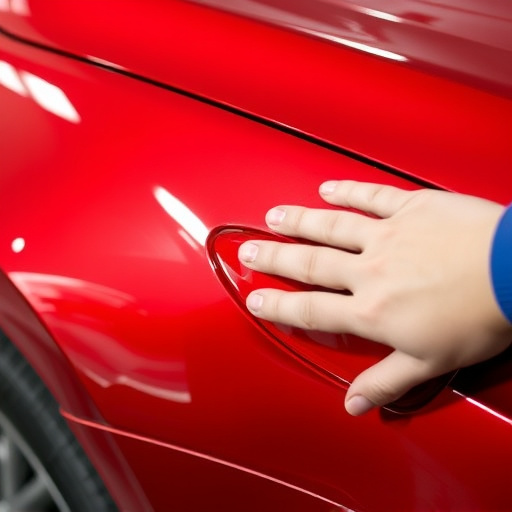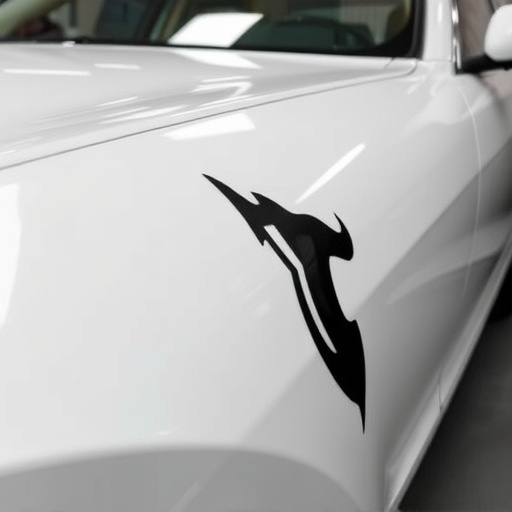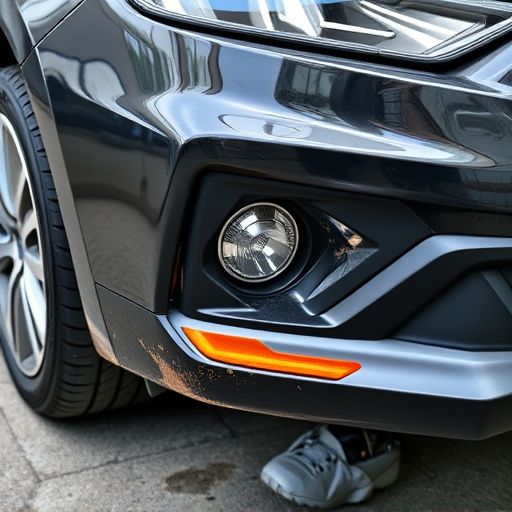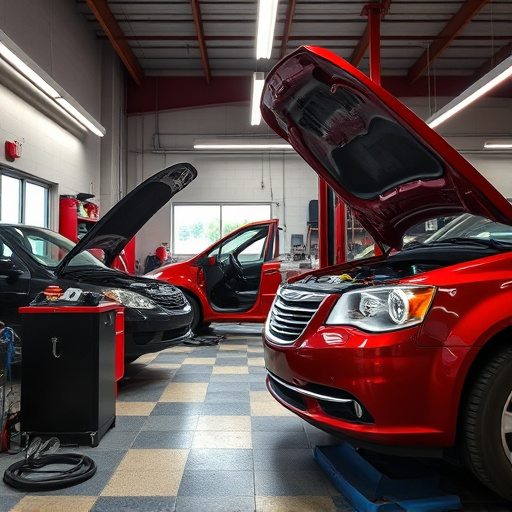Interstate auto body shops require meticulous detail and adherence to industry best practices, especially during lease return inspections. They offer diverse services like dent removal and advanced body repair, necessitating specialized equipment and skilled labor. The inspection process begins with a visual assessment followed by detailed cleaning, fixing defects, and restoring the vehicle to original condition. Consistent upkeep through regular cleaning, storage optimization, and staff training ensures the shop maintains high standards for lease return assessments.
“Are you in the market for an interstate auto body shop? Leases can present a unique opportunity, but thorough inspections are crucial. This guide delves into the essential aspects of lease return inspections for these specialized facilities. From understanding stringent requirements to implementing best practices for maintenance, we break down the process step-by-step. Maximize your investment and ensure a seamless transition with our expert insights tailored for interstate auto body shops.”
- Understanding Interstate Auto Body Shop Requirements
- The Lease Return Inspection Process Step-by-Step
- Best Practices for Maintaining Shop Condition
Understanding Interstate Auto Body Shop Requirements
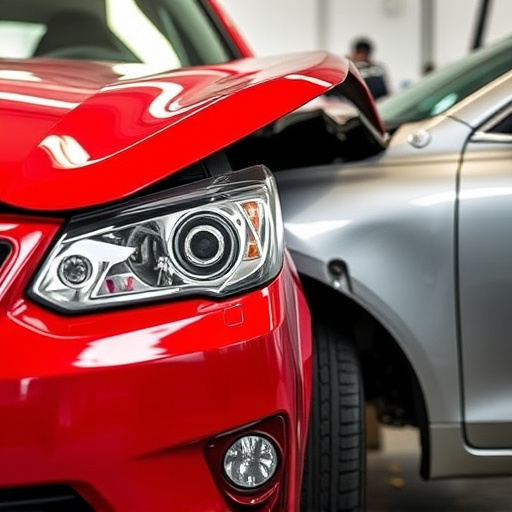
When it comes to Interstate Auto Body Shop requirements, understanding the specific needs and standards set by these facilities is paramount. These shops are known for their meticulous attention to detail and adherence to industry best practices, especially when conducting lease return inspections. The primary focus lies in ensuring that vehicles are restored to their original condition, addressing any existing damage or wear and tear that may have accrued during the leasing period.
One of the key aspects is the proficiency in various auto body repair services, including car dent removal and sophisticated car body repair techniques. Interstate Auto Body Shops often require a wide range of equipment and skilled labor to handle different types of damage, from minor scuffs and scratches to more complex structural repairs. Moreover, maintaining a clean and organized workspace is essential to meet the high standards expected in the industry.
The Lease Return Inspection Process Step-by-Step

The lease return inspection process involves a thorough evaluation of the vehicle’s condition to ensure it meets the standards set by the leasing company. It begins with a visual inspection, where an interstate auto body shop expert examines the exterior for any dents, scratches, or paint imperfections. This step includes checking the panels, trim, and accessories for signs of damage or wear. If visible issues are found, they are documented for comparison during the vehicle’s return.
The next phase involves a more detailed assessment, where the car is thoroughly cleaned to reveal any hidden defects. This process may include removing interior components, inspecting underbody areas, and assessing the overall structural integrity. Common tasks in this stage are fixing minor dents, touching up paint jobs, and addressing any cosmetic issues that might have been overlooked during the initial visual inspection. The goal is to restore the vehicle to its original condition, ensuring it’s ready for lease return with no discrepancies.
Best Practices for Maintaining Shop Condition
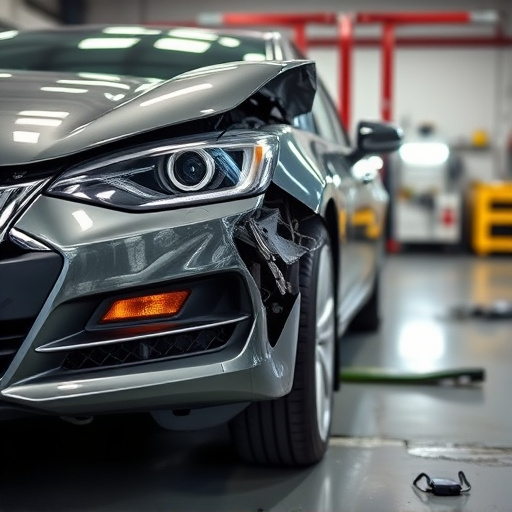
To maintain an interstate auto body shop at its best for lease return inspections, consistent upkeep is key. Regular cleaning and sanitizing of all work areas, tools, and equipment are essential practices to ensure a spotless environment. This includes removing any debris or leftover materials from previous projects, wiping down surfaces, and deep-cleaning hard-to-reach spots. A well-organized shop with designated storage areas for each automotive body work tool and part not only enhances efficiency but also creates a positive first impression during inspections.
Additionally, proper waste management is crucial. Recycling materials where possible and ensuring proper disposal of hazardous substances are important aspects of sustainable automotive repair services. Keeping the floor clear of debris and implementing a robust system for tracking inventory can significantly contribute to maintaining the shop’s condition. Regular training sessions for staff on these best practices will ensure that everyone plays their part in keeping the facility in top-notch condition for any lease return inspections.
When conducting lease return inspections for an interstate auto body shop, a thorough understanding of the facility’s requirements and a meticulous inspection process are key. By following best practices for maintenance and adhering to each step outlined in this guide, you can ensure that the shop meets high standards, protects its reputation, and maximizes its value during the lease return process.
